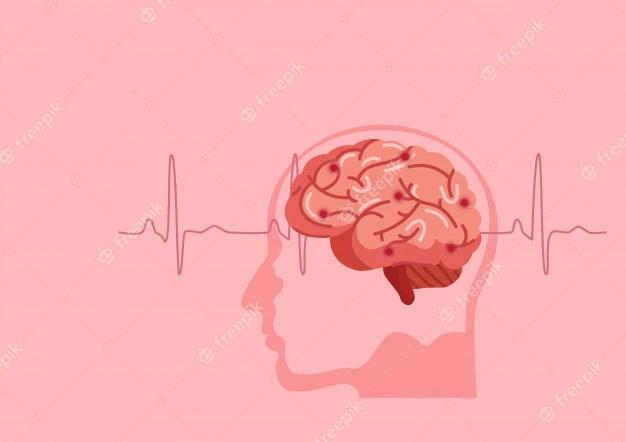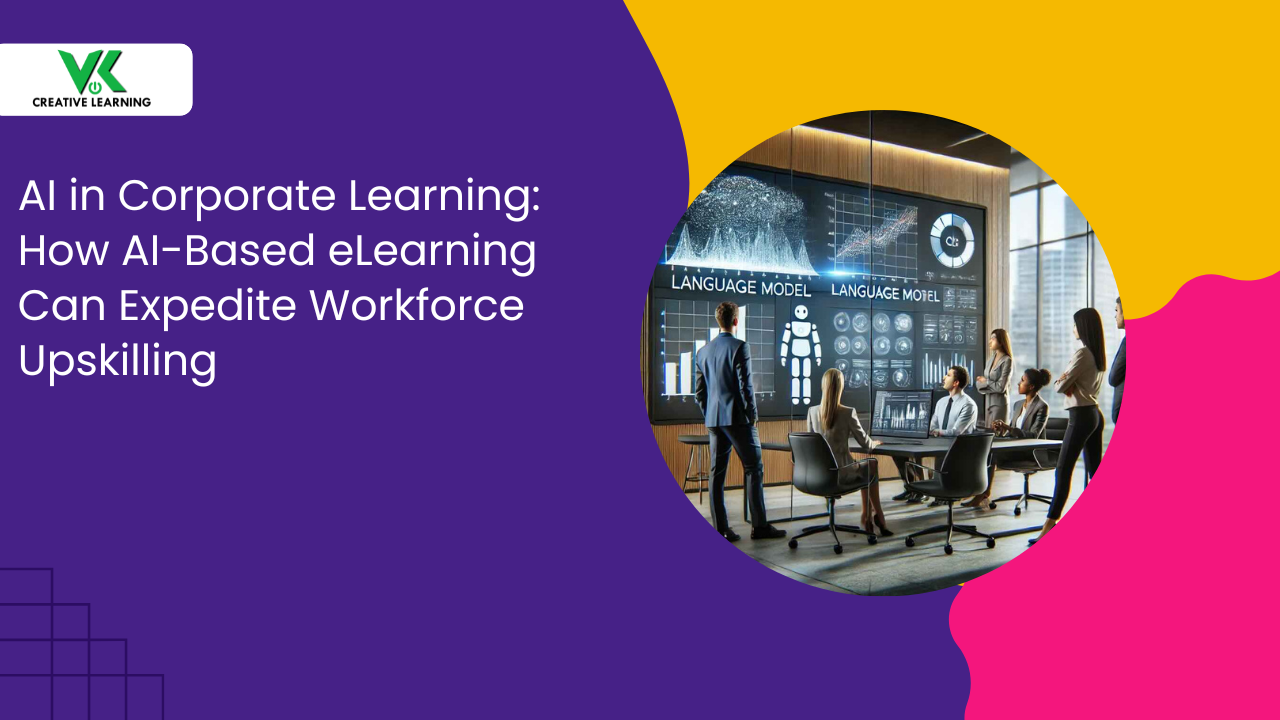Why cognitive learning e-learning solutions?
August 04, 2021
An individual's cognitive capabilities are affected by internal and external variables to facilitate learning according to the cognitive learning theory.
When cognitive processes are not functioning properly, delays and problems in learning occur. These activities include problems in paying attention, observing, retrieving links from long-term memory, and classifying. This is where customized e-learning solutions geared towards cognitive learning ability can be useful.
Numerous researchers indicate there is a relationship between mental processes and instruction. Also, there is an influence of the environment on human brains. These techniques could be utilized in customized e-learning solutions.
How Is Cognitive Overload Defined?
In essence, our memory capacity is divided into two categories: working memory and long-term memory. Working memory is a finite resource that may quickly become overwhelmed. While long-term memory has a far larger capacity, it needs information to enter via working memory. If the latter is overtaxed, the information will not transfer properly and therefore will not be retrievable in the future.
Measures to maximize retention and minimizes cognitive load:
1. Each page should include a single concept.
This should become your guiding principle. By presenting one critical learning concept on each page, the cognitive burden is reduced. This will save you from being overwhelmed by data. Rather than allowing the fundamental concept of learning to be lost in translation, make it abundantly clear what it is.
2. Eliminate anything that is superfluous.
After all, the purpose of eLearning is to educate the audience, not to entertain them. Eliminate non-educational media components to alleviate the cognitive load. When using media components, use caution. They should be used in conjunction with and to improve learning experiences.
3. Allow students to work at their own speed.
If students are presented with complex material too fast, they may not have the time to absorb it effectively. Allow students to go through the course at their own pace. Rather than just finishing the course, students will have sufficient time to internalize the material.
4. Microlearning - Break the information down into smaller pieces.
If the course has a great quantity of material, the student may get confused. To avoid this, it is better to chunk the information. Chunking is the process of dividing information into smaller, more edible pieces that are also visually appealing. Because the content is self-explanatory, the chunked format should facilitate learning. This is referred to as micro-learning. However, take care not to alter the logical sense of the material in the process.
5. Utilize infographics to effectively communicate information.
Students may benefit from using infographics to communicate knowledge via the use of colorful graphs, charts, and notes. They would acquire knowledge more quickly and retain it more effectively. These infographics depict the whole process or the most critical takeaways from a topic.
The Advantages of including Cognitive Learning techniques in e-learning solutions:
The following are some of the most significant benefits of cognitive learning:
1. Facilitates learning
2. Increases self-esteem
3. Facilitates Comprehension
4. Enhances problem-solving abilities
5. Assist in the rapid acquisition of new knowledge
6. Instructs in idea creation (think abstract)




